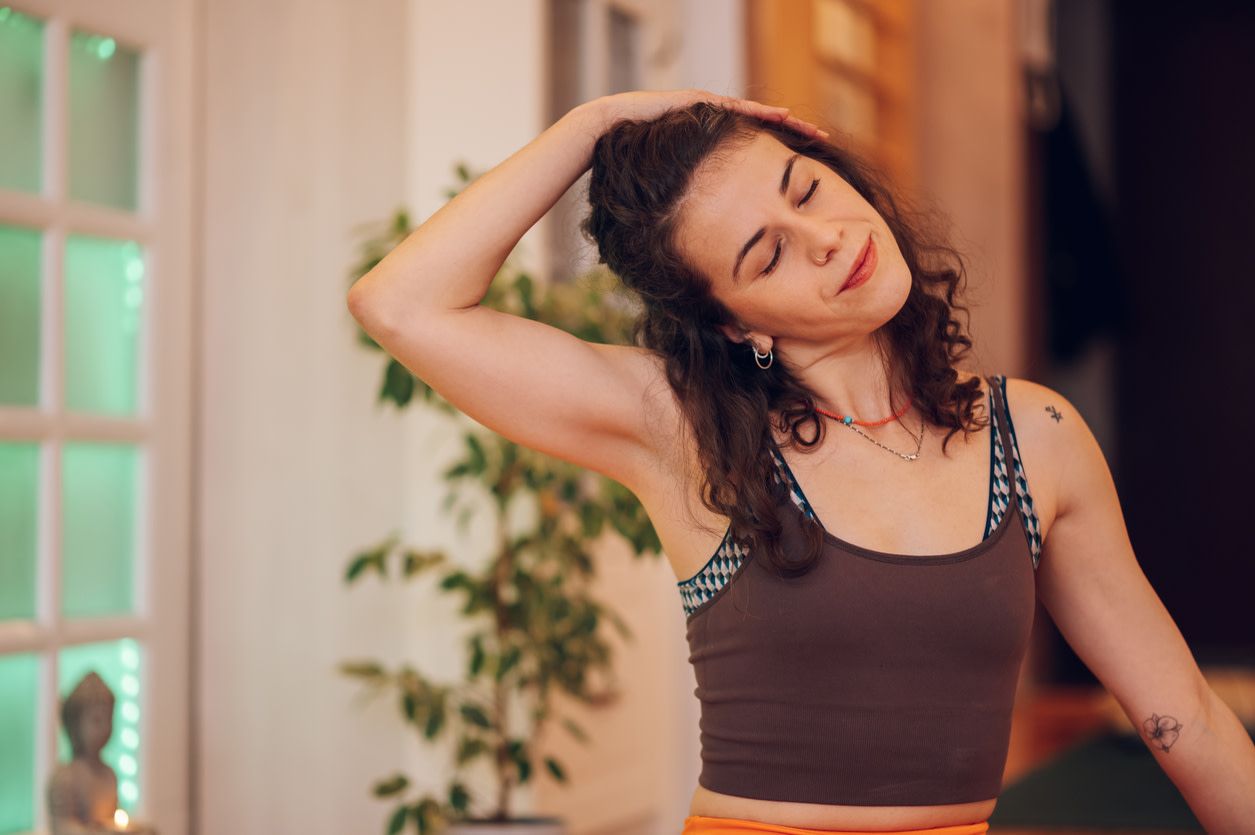6 Neck Strengthening Exercises Recommended by Physical Therapists
Learn about the importance of neck strengthening exercises and discover the moves recommended by physical therapists.
0 $ pour vous
Date de publication : Jul 31, 2024
Table des matières
Fully covered neck pain relief
Find relief from neck pain, a pinched nerve, tech neck, & more.
Check if I'm eligible